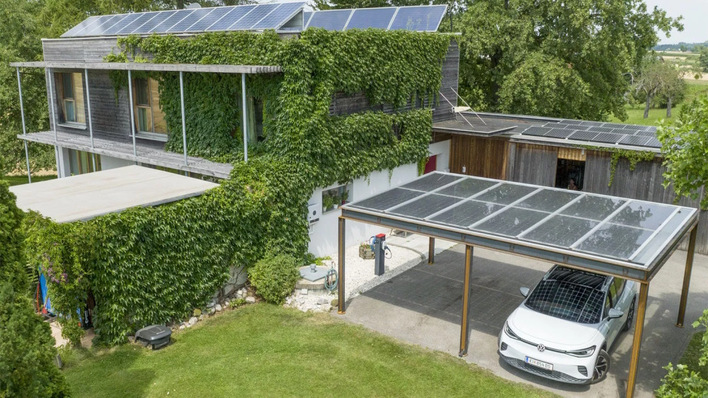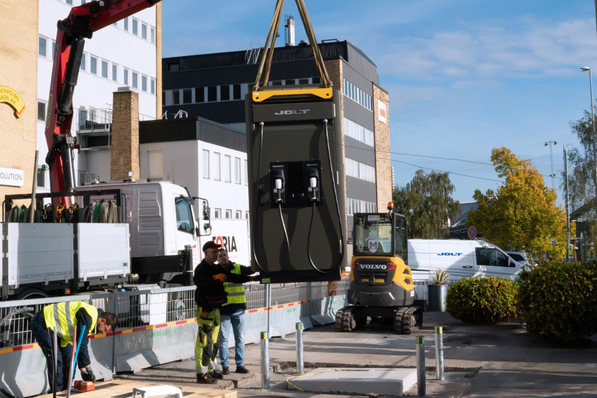The electrification of Europe’s vehicle fleets will be the catalyst for clean mobility throughout the 2020s, accelerating the decarbonisation of transport, improving air quality in cities, boosting the deployment of charging infrastructure and spurring the creation of a second hand EV market. A 24-fold increase in fleet electrification is expected by 2030, according to “Accelerating fleet electrification in Europe: When does reinventing the wheel make perfect sense?”, a joint undertaking by Eurelectric and Ernst & Young Global Limited (EY).
Europe’s vehicle fleets consist of 63 million cars, vans, buses and trucks, operated by private companies or public authorities. However, despite only representing 20% of the vehicle parc, they account for 40% of all kilometres travelled, and 50% of CO2 emissions from transport. This means they hold a significant potential for supporting accelerated transport decarbonisation.
Tangible reductions of total costs of ownership and CO2 emissions.
Kristian Ruby, Secretary General of Eurelectric said: ”Electrification of car fleets can be a real game changer. It comes with tangible reductions of total costs of ownership and CO2 emissions. So it is a good deal both for fleet owners and society at large.”
Fleets are the prime candidate for electrification for a number of reasons. First, the public incentives and the discounts applied to bulk sales, raise the attractiveness of EV purchases. Secondly, the route predictability, which is a general operational characteristic of fleets, would enable and accelerate the deployment of charging infrastructure in key locations, making EVs more reliable also for private individuals.
See also: 102 more electric buses for Oslo
The study finds that fleet electrification is expected to grow at pace, totalling 10.5 million EVs by 2030. By then, the bus segment will have electrified 42% of its parc, followed by the car and van segments that will have electrified at 17.5% and 12% respectively. These uptakes will be further enabled by shifts in company policies towards electric vehicles, and greater vehicle choice.
Accelerating the rollout and interoperability of the charging infrastructure
Europe’s existing 213.000 public EV charging points, of which only 14% are fast chargers, are well below target. A 13-fold increase is needed to meet the European Commission’s ambition of installing three million public charging points by 2030. The study finds that €20 billion are needed for public charging infrastructure and €60 billion for the private one. An additional €25 billion is required to enable the power distribution grids to support charging infrastructure rollout.

Eurelectric
Serge Colle, EY Global Power & Utilities Leader, says: “Electrifying transport is critical for Europe to meet its tough emissions targets and create a decarbonised future. Transitioning fleet first will pave the way, creating synergies for the underlying e-mobility ecosystem and generating new commercial opportunities. However, achieving this will require a fleet-centric approach across both government and industry, as well as an increased focus on the end customer with a greater choice of vehicles and a seamless charging experience. It is clear that no one sector can drive this transition alone – collaboration between all e-mobility players is critical to success.”
The carrot and stick approach
Fleet electrification will be spurred by increasingly stringent rules and regulations, as well as advantageous taxation schemes. At a local level, over 300 cities have introduced low- and zero-emission zones, pressing last-mile delivery and logistics companies to electrify or face penalties. At EU level, mandatory requirements for automakers to sell zero emissions vehicles should be introduced, in addition to the CO2 standards, thereby catalysing the shift of cars and light duty vehicles to clean mobility. (mfo)







